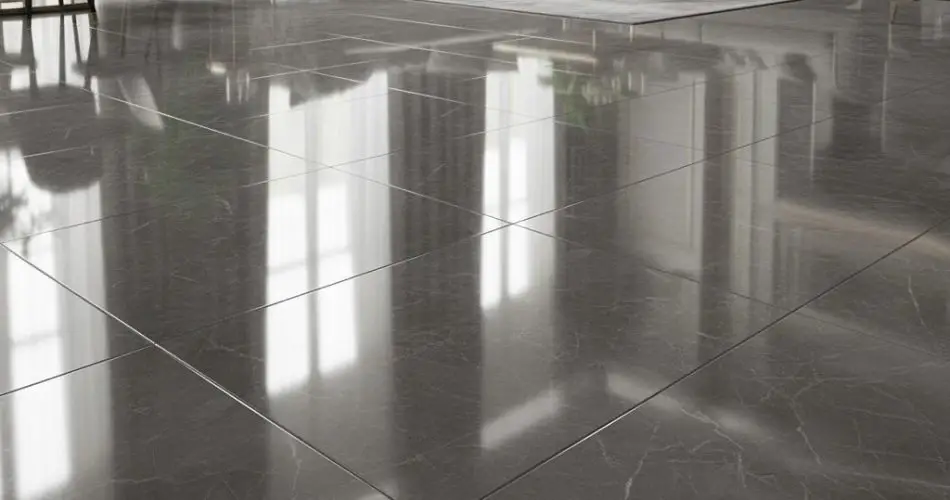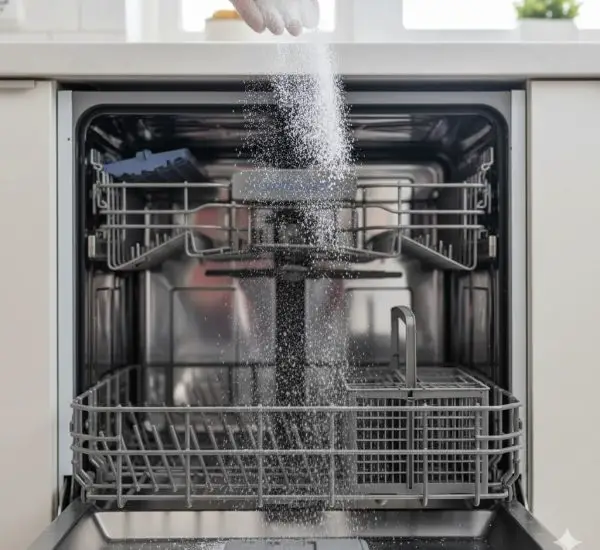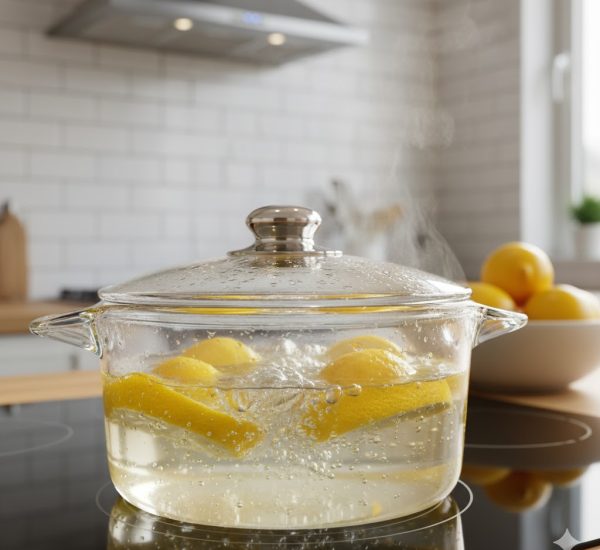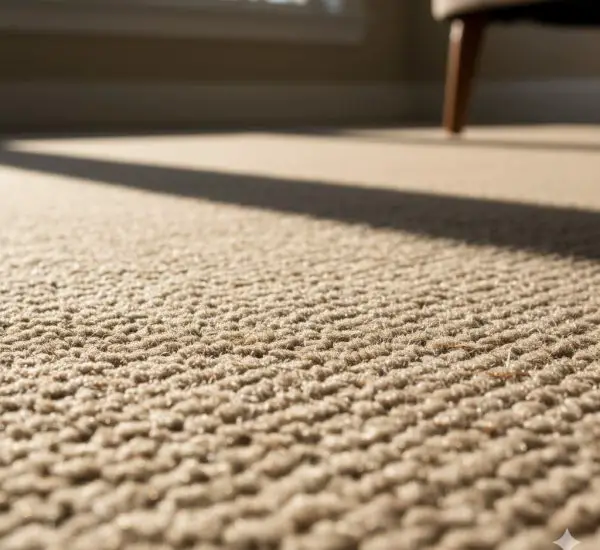Floors are one of the most important elements in any living space. They not only define the aesthetic appeal of a room but also play a significant role in maintaining a healthy and safe home environment. A clean and well-maintained floor enhances the overall experience of your living space, prevents accidents, and reduces the risk of infections caused by accumulated dust, dirt, and bacteria.
While regular cleaning is essential, achieving a truly spotless floor requires understanding the type of flooring you have and using the right cleaning methods. Let’s explore how to maintain floors in pristine condition and a simple, yet highly effective trick that you might not have known about.
Understanding Your Flooring Type
The first step to a sparkling clean floor is identifying the type of flooring you have. Different flooring materials require distinct cleaning techniques and products:
-
Wood or Laminate Flooring: These surfaces are prone to scratches and dullness if cleaned improperly. Using a specific polish or cleaner designed for wood or laminate floors will help maintain their shine and protect against damage. Avoid harsh chemicals that can strip the finish or leave a residue.
-
Tile or Ceramic Flooring: Tiles are durable but require careful cleaning to avoid damaging the grout. Neutral pH cleaners work best, as overly aggressive products can erode the grout or leave unsightly streaks.
-
Stone Flooring: Natural stone such as marble or granite needs specialized cleaning solutions to avoid etching or discoloration. Avoid acidic or abrasive cleaners on these surfaces.
By knowing the type of floor you have, you can select the appropriate cleaning solutions and tools, ensuring both effectiveness and safety.
Preparing the Room for Cleaning
Before you begin washing the floor, preparation is crucial. Remove all obstacles, such as furniture, rugs, and cords, to allow full access to the surface. Take care while moving items to prevent scratches or other damage.
Start by sweeping the floor to remove visible dirt and debris. For corners and hard-to-reach areas, use a brush with a telescopic handle to loosen and remove stubborn dust. If you have carpets or rugs, vacuuming them before floor cleaning will prevent dirt from spreading onto freshly cleaned surfaces.
Washing Techniques
Once the room is prepared, it’s time to wash the floor. The method will vary depending on the flooring material:
-
Hard Floors (Tile, Laminate, Parquet): Use a damp microfiber cloth or mop for general cleaning. Microfiber is ideal because it lifts dirt effectively without scratching the surface.
-
Tile and Ceramic Floors: For grout lines and stubborn spots, use a sponge and a neutral pH detergent. Apply gentle scrubbing to remove dirt embedded in the grout.
-
Wood Floors: Avoid excessive water, which can damage the wood. Instead, lightly dampen a microfiber mop or cloth with a wood-friendly cleaning solution.
While general washing helps maintain cleanliness, it is not always enough to keep floors spotless in the long term. For deeper cleaning and stubborn grime, a more targeted approach is required.
A Foolproof Trick for Spotless Floors
For those hard-to-remove stains and dull grout, a simple mixture using citric acid can work wonders. Here’s what you’ll need:
Ingredients:
-
Citric acid (1 tablespoon)
-
Warm water
-
Small brush or toothbrush
-
Cleaning brush
-
Microfiber cloth
Steps:
-
In a small bowl, dissolve one tablespoon of citric acid in water. This solution acts as a natural, effective cleaner.
-
Apply the mixture directly to grout lines or stubborn areas on the floor.
-
Use a small brush, such as a toothbrush, to scrub the grout and any stubborn stains gently but firmly.
-
Wipe away the residue with a damp microfiber cloth. Allow the floor to air-dry completely.
Citric acid is a safe, natural cleaner that breaks down dirt and mineral deposits without harsh chemicals, leaving floors clean and refreshed.
Maintaining a Regular Cleaning Routine
Regular maintenance is key to keeping floors spotless over time. Sweeping or vacuuming frequently prevents the buildup of dust and debris that can scratch surfaces or harbor bacteria.
For thorough cleaning, it’s recommended to deep-clean floors periodically, adjusting the technique to the material of your flooring. For example, tile and grout may require more frequent scrubbing, while wood or laminate benefits from occasional polishing to maintain its shine.
By combining routine care with targeted cleaning methods, your floors will remain in excellent condition, both visually and hygienically.
Additional Tips for a Healthy Floor Environment
-
Preventive Measures: Place doormats at entrances to reduce the amount of dirt tracked into the house.
-
Immediate Spill Cleanup: Wipe up spills immediately to prevent staining or water damage, particularly on wood and laminate floors.
-
Avoid Harsh Chemicals: Use natural or neutral pH cleaners whenever possible to protect your floor’s finish.
-
Protective Pads: Place felt pads under furniture legs to prevent scratches on delicate surfaces.
A clean, well-maintained floor not only enhances the beauty of a room but also contributes to a healthier home environment. It reduces allergens, bacteria, and the risk of slips or accidents.
Conclusion
Maintaining spotless floors doesn’t have to be complicated. By understanding your flooring type, preparing the room properly, and using a combination of regular cleaning and natural solutions like citric acid, you can achieve a floor that looks and feels immaculate. Microfiber cloths, soft brushes, and appropriate detergents, along with careful attention to detail, will ensure your floors stay bright, hygienic, and inviting.
With consistent care and these simple yet effective tricks, you’ll enjoy a home where every step feels clean and refreshing, and your floors shine with health and beauty.



